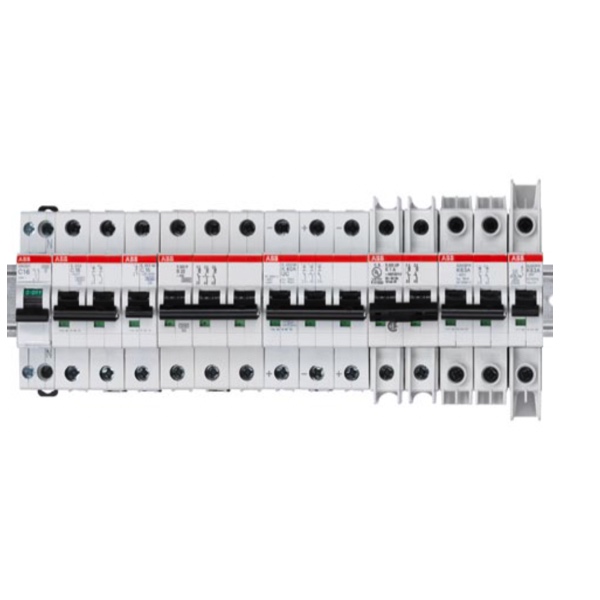ABB Miniature Circuit Breakers

ABB miniature circuit breakers (MCBs) are engineered to provide reliable, efficient circuit protection across a wide range of electrical installations. Designed for industrial, commercial, and residential applications, ABB MCBs safeguard equipment and wiring from overloads, short circuits, and other fault conditions. When excessive current is detected - whether from a malfunctioning device or an unexpected load - ABB MCBs act instantly to disconnect power and prevent damage. Their robust design ensures fast, precise operation and long-term durability, helping maintain safety and uptime across all system environments.
The ABB System pro M compact series exemplifies this innovation, combining high breaking capacity with space-saving design. Even under heavy fault loads, these circuit breakers maintain stable performance and minimize internal arcing for enhanced safety and reliability. Whether you need single-pole or four-pole breakers rated from 48 V to 100 V, RSP Supply carries the full range of ABB miniature circuit breakers to fit your specific requirements.
Why Buy ABB Miniature Circuit Breakers from RSP Supply
RSP Supply offers a comprehensive selection of ABB miniature circuit breakers engineered for reliable electrical protection and long-term performance. Customers rely on RSP Supply for access to ABB MCBs that integrate seamlessly into distribution systems while supporting safety, durability, and compliance with electrical standards.

